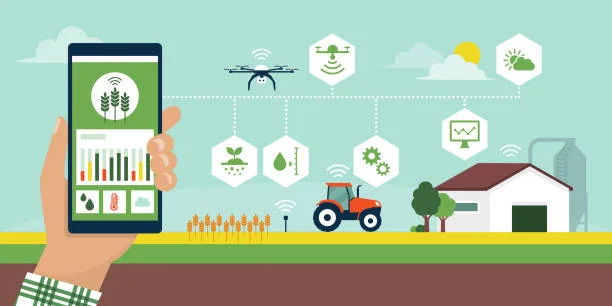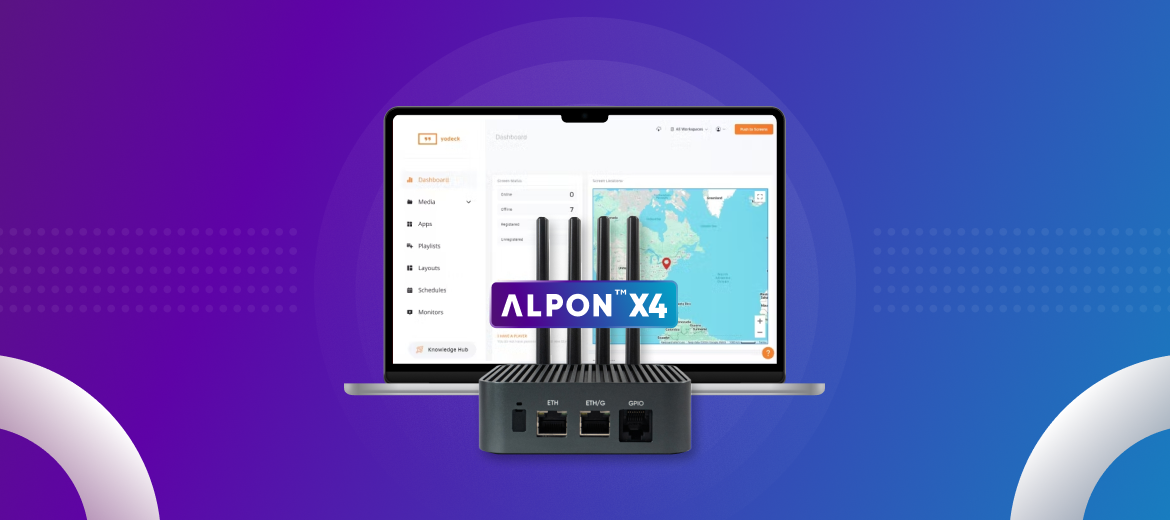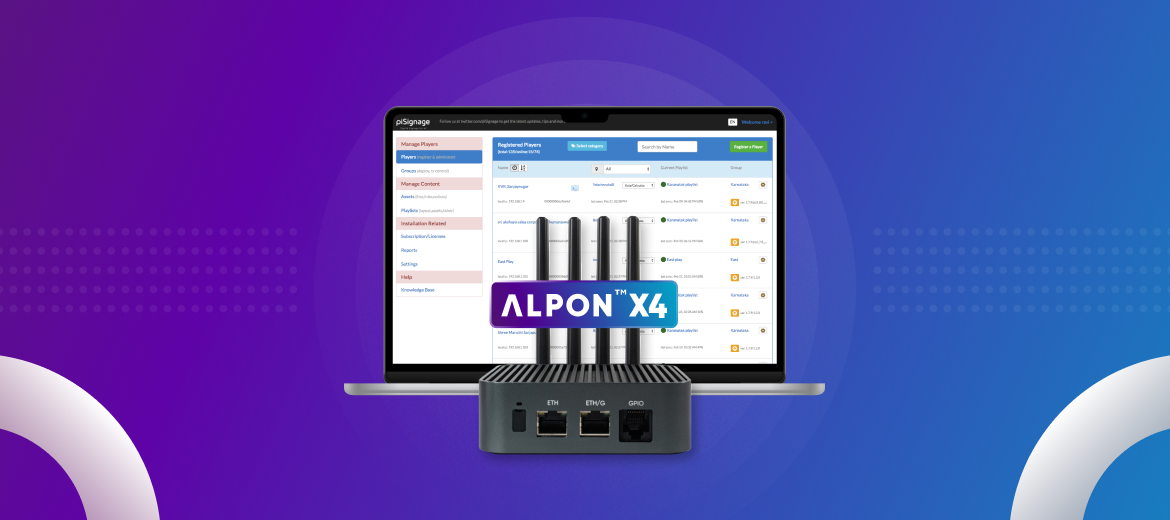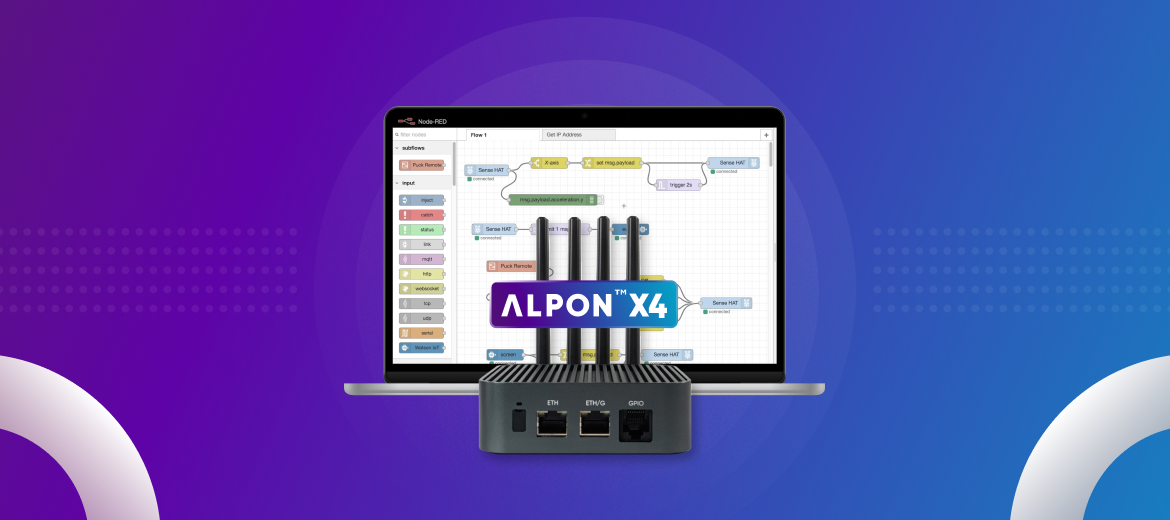Smart Agriculture/Farming is an idea centered on providing the agricultural industry with the infrastructure to connect with advanced technology – such as sensors, AI(Artificial Intelligence), and the Internet of Things(IoT) – for tracking, monitoring, and automating and analyzing operations.
The goal is to increase the quality and quantity of the crops while minimizing the need for human labor. In this post, we will shed light on the concept of Smart Agriculture using Raspberry Pi and how it is essential to the future of farming.
How does Smart Agriculture work?
Smart farming mainly works through sensors. Farmers can track several conditions such as soil moisture, water level, humidity, bug detection, nutrient analysis of the soil, and even automate irrigation from anywhere by integrating sensors, motion detectors, and IoT devices.
In IoT-based Smart Agriculture projects, Raspberry Pi is most widely used as the main controlling unit that can manage the operation of the various sensors and devices.
Using Raspberry Pi, it is easy to control soil moisture, humidity, PH level, bug detection, and more.
Smart Agriculture Project Examples
Soil Moisture Control Using Raspberry Pi
The soil moisture sensor is used to measure the volume of water content in the soil and can be used to estimate the volume of stored water in the soil range. These sensors that are placed into the irrigation system help in the scheduling of water supply and reduce the use of excess water. Using the Raspberry Pi, you can determine exactly when the plants or crops need watering. It can also be used in automated irrigation by having a pump connected to a water reservoir.
You can find the full instructions for this project here, with all the necessary hardware and software(coding scripts).

Humidity Control Using Raspberry Pi
A humidity sensor senses, measures, and reports the amount of humidity in the environment it is placed in. It measures the moisture in the environment it is placed in and converts what it finds into corresponding electrical signals. A smart humidity sensor using Raspberry Pi allows the farmer to know the total amount of water usage in irrigation and provides real-time data to help farmers reduce the amount of human labor, thus decreasing costs and saving time.
Create your own Humidity sensor project by following the step by step instructions here.
Soil PH Control Using Raspberry Pi
The soil pH sensor measures the amount of concurrent acidity or alkalinity in the soil. It discovers the pH value of the soil by inserting probes into the soil. By Integrating the Raspberry Pi, the sensors provide crucial feedback regarding the lack of nutrients or the existence of harmful chemicals in the soil. In addition, the sensors provide continuous updates on the fluctuations in the soil’s pH and nutrient level so the farmer can make the necessary changes.
Soil Nutrient Analysis Using Raspberry Pi
Soil nutrient analysis offers an in-depth examination of the nutrients contained so the amount of fertilizer needed to improve the quality of crops. For detecting the content of Nitrogen(N), Phosphorous(P), and Potassium(K) in the soil, a soil NPK device is used. With the help of the Raspberry Pi, it assists in determining the fertility of the soil, thus enabling the analysis of the soil’s nutrients. This analysis helps farmers assess the amount of fertilizer needed for the crops to yield the best results.
Smart Bug Detection Using Raspberry Pi
A Smart bug detector works by monitoring the change in temperature and humidity. When the temperature and humidity value surpasses the limit, the images of that particular area or plant are captured and sent to be examined. One of the biggest threats to farming successful crops is caused by various crop insects and pests. It is estimated that early pest detection can reduce the loss in yields by up to 20-40%. By integrating sensors and detectors with Raspberry Pi, the pests are detected at an early time thus allowing the farmer to take measures to protect the crops.
Automated Irrigation Using Raspberry Pi
Automated irrigation uses specific devices to control water flow from reservoirs so that irrigation may be carried out more efficiently without requiring human labor. Advantages of automated irrigation are :
- Reduced human labor
- Punctual irrigation
- Reduced wastage of water
- Reduced human error
Auto Plant-Watering works with the combined help of sensors and the Raspberry Pi. The soil moisture sensor checks the plant’s moisture levels every hour(the time is predetermined) and sends the data to the Raspberry Pi. Water flow is controlled by a solenoid valve connected to a reservoir, and if the Raspberry Pi detects the moisture in the soil to be too dry, it opens the valve for a fixed amount of time to let the water out.
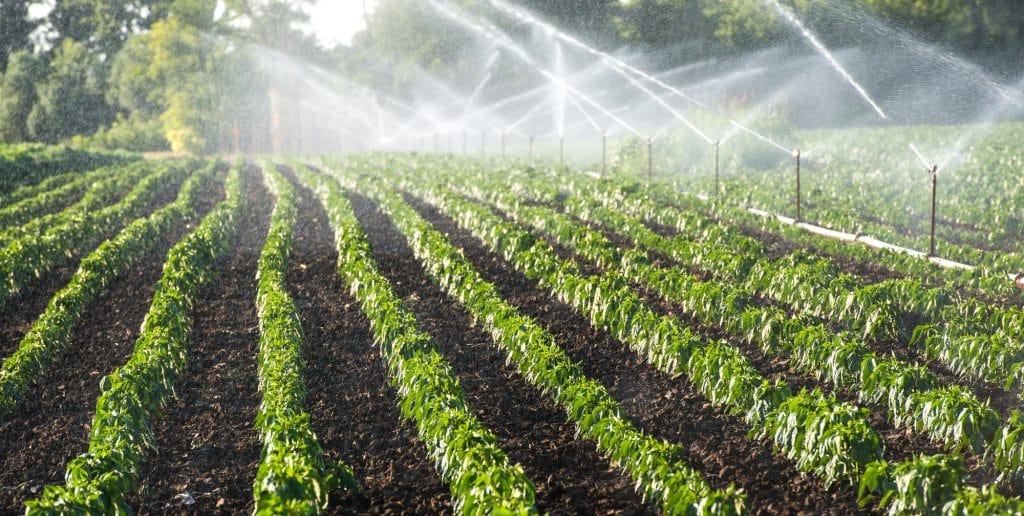
The same concept can also be applied to drip irrigation systems. Again, the Raspberry Pi acts as the main controller, and the end devices play the role of the routers. The result is a low-cost and energy-efficient drip irrigation system that can be used in both big agriculture fields and small greenhouses or gardens.
Create a Raspberry Pi-controlled irrigation system by following the step-by-step instructions here.
Raspberry Pi Modem Kit for Agriculture Projects
Throughout the post, the importance of Raspberry Pi in Smart Agriculture is highlighted. However, since most farms are far from commercial areas, connection problems are prone to occur.
With the Sixfab Raspberry Pi 4G/LTE Cellular Modem Kit, you can access the internet from remote locations; the modem kit gives hassle-free worldwide connectivity. Build your smart agriculture projects with no code experience thanks to the Sixfab CORE.
Smart agriculture projects using Raspberry Pi have the potential capacity to provide a more effective and sustainable form of agriculture based on a more accurate and cost-efficient method. The ultimate goal of a Smart Agriculture system is to produce quality crops with high yields and reduced human labor.
